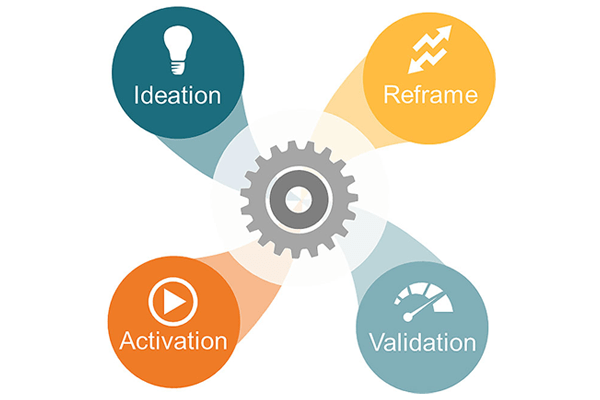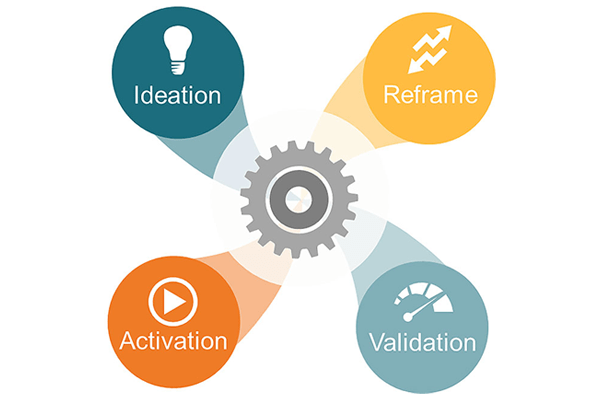As manufacturers and retailers adapt to the new omnichannel ecosystem, B2B and B2C marketers are discovering they have more in common than ever before. The traditional sales funnel has been transformed into a web of multichannel interactions that influence and guide today’s path to purchase – whether the purchaser is a Baby Boomer procurement officer or a Millennial online shopper. While sales cycles can look very different, here’s how they’re more alike:
- Like their B2C counterparts, B2B decision-makers are increasingly influenced by vast amounts of easily accessible digital content. According to our customer journey research, B2B decision-makers are more than 60 percent of the way into their decision journeys before engaging sales reps.
- Strong claims present a powerful opportunity to deliver a message throughout the decision journey, including times other than the moment of purchase.
- It is imperative to develop claims with customers’ input. Within the B2B ecosystem, the “customer” includes various stakeholders, influencers and end-users – understand them and craft claims to meet their unique expectations.
Despite having those factors in common, B2B marketers contend with some significant challenges that B2C marketers will never experience.
Published on Quirk’s, our senior manager decision journey mapping, Alex Zhu and senior marketing research manager at Kimberly-Clark Professional, Janet Ziffer, shared how B2B marketers can take a page from B2C to adapt and succeed in a dynamic omnichannel marketplace using this four-step framework: ideation, reframe/prioritization, validation and activation.


